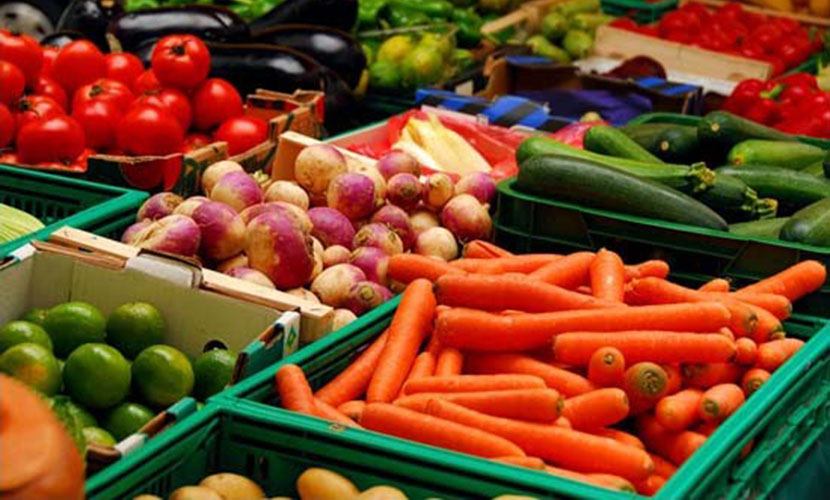
The growing demand for Vietnam’s agricultural commodities is creating major opportunities for Vietnamese goods in the Japanese market. However, to tap into this potential effectively, businesses need to make strategic investments in technology and standards. Therefore, they should also focus on branding and upgrading the entire value chain.
Japan is currently Vietnam’s third-largest export market for agricultural, forestry, and fishery products. This market accounts for nearly 7% of the sector’s total export value, with exports in 2024 surpassing $4 billion. The average annual growth rate of over 6% over the past decade underscores the sustained appeal of this market.

Vietnam’s agricultural commodities
From fragrant rice varieties to fresh and dried fruits and roasted coffee, many Vietnamese products are gaining popularity abroad. In fact, Vietnam’s agricultural commodities are available on the shelves of major supermarket chains and e-commerce platforms in Japan.
In particular, rice exports have witnessed remarkable growth. Specifically, in 2024, Vietnam’s rice exports to Japan increased nearly tenfold compared with 2023. In the first five months of 2025, rice export volume had already exceeded the total for the entire previous year.
Alongside rice, fruits such as lychee, mango, longan, and dragon fruit are also gaining strong consumer acceptance in Japan. Notably, during the 2025 lychee season, Vietnamese businesses exported over 200 tons. Beyond supermarkets, fresh Vietnamese lychees are now available via social networks and digital platforms in Japan.
However, the Japanese market is renowned for its strict standards. Around 70% of consumers are willing to pay higher prices for Vietnam’s agricultural commodities with clear certification and transparent traceability labeling. Vietnamese exporters must comply with strict product quality, food safety, and bilingual documentation requirements. However, the approval process can take 6 to 12 months to complete.
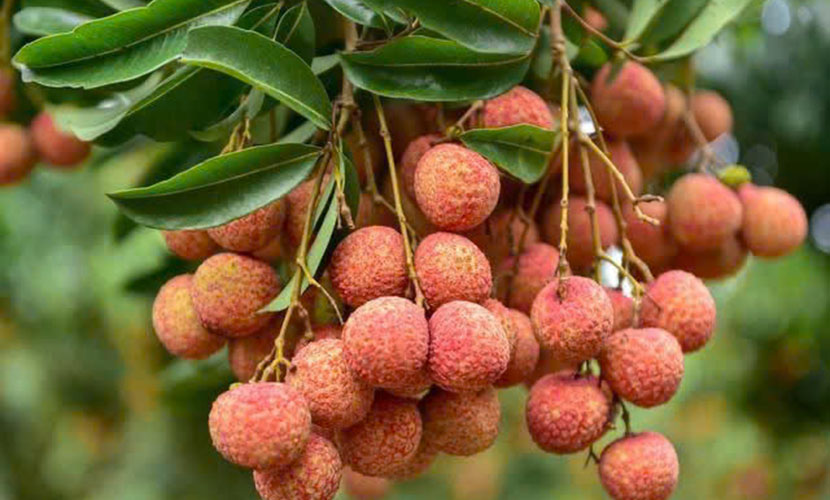
Fresh lychee from Vietnam
Technical barriers are not the only challenge. Japan maintains strong protectionist policies, particularly on rice imports, where tariffs can reach up to 778%. Vietnamese exporters also face intense competition from countries such as India, Pakistan, and Taiwan.
These countries have already signed free trade agreements (FTAs) with Japan. Furthermore, punctual delivery is a highly valued factor among Japanese importers. Therefore, it directly affects the ability to secure long-term contracts.
Vietnamese enterprises face both strict requirements and vast opportunities in the Japanese market. As a result, developing a well-structured strategy is essential to strengthen their position. According to the Vietnam Trade Office in Japan, businesses must shift from price-based competition to value-based growth.
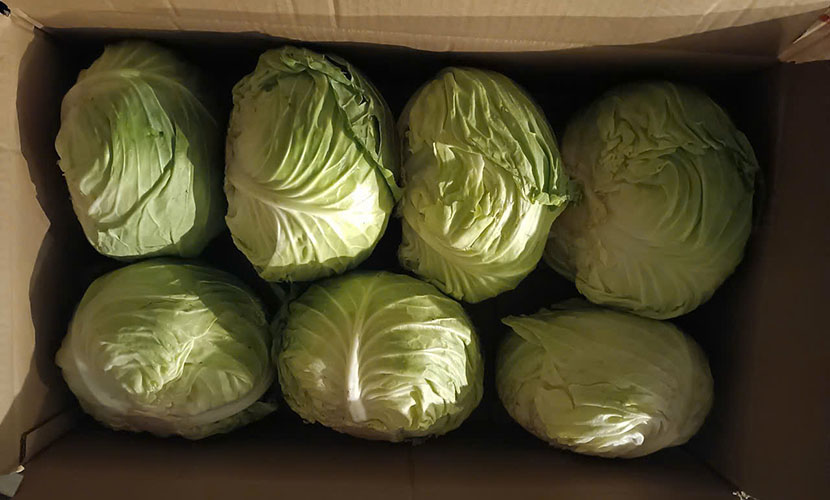
Fresh cabbage from Vietnam
In particular, they should promote deep processing for Vietnam’s agricultural commodities. For example, dried fruits can fetch two to three times the value of fresh produce. They should also adopt eco-friendly packaging with transparent traceability codes.
Free trade agreements such as the CPTPP, RCEP, and VJEPA have already eliminated or reduced over 90% of tariff lines. Therefore, these opportunities can only be fully realized if businesses standardize the entire production and supply chain. They include raw material zones, processing to packaging, and logistics.
The Trade Office has also provided a series of recommendations to help enterprises penetrate the Japanese market. First, companies should invest in technology, upgrade production lines, and adapt product designs to meet local consumer preferences.
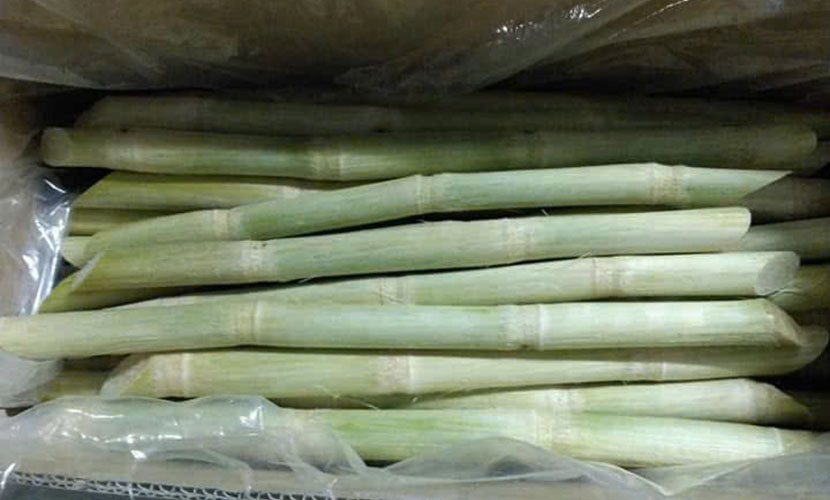
Vietnamese sugarcane for export
Packaging should be simple yet informative, with clear origin labeling, particularly for seasonal fresh fruits. Businesses are also advised to study post-harvest preservation techniques carefully. Therefore, they can ensure both appearance and quality of Vietnam’s agricultural commodities upon arrival to Japanese consumers.
Trade promotion activities should also be strengthened. For example, businesses can participate in international fairs and exhibitions in Japan and collaborate with industry associations and local partners. This remains one of the most effective ways to introduce Vietnam’s agricultural commodities to potential importers. Expanding cooperation with Japanese distributors is another practical approach to gradually enter local supply chains.
Equally important are human resources and digital transformation. Enterprises must be ready to invest in high-quality personnel as well as integrate digital technologies into management, traceability, and production systems. This approach enhances efficiency and ensures compliance with international standards.
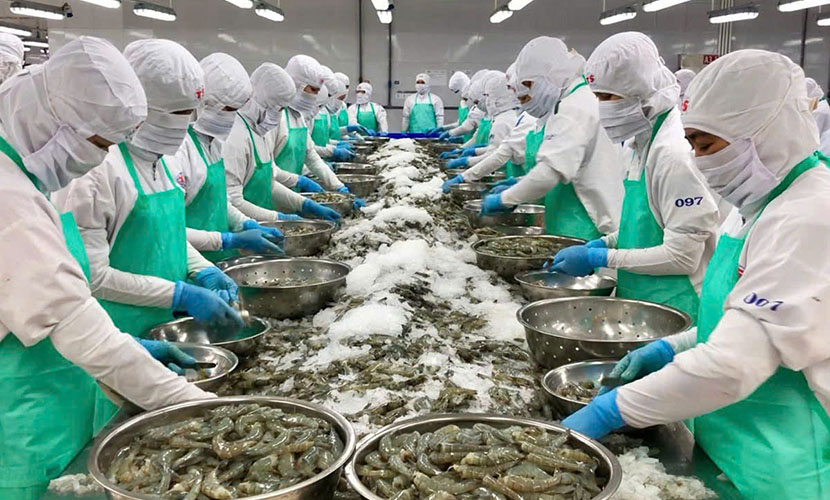
Vietnamese shrimp for export
In recent years, the Vietnam Trade Office in Japan has proactively organized various promotional initiatives. They include Vietnamese pavilions at major events, product showcases at the Vietnam Festival in Tokyo, and Vietnamese goods weeks at AEON retail chains.
For seasonal products such as lychees, the Trade Office began early coordination with partners from the second quarter to ensure timely import plans. For rice, amid rising prices in Japan, the Trade Office quickly connected Vietnamese suppliers that meet market standards.
According to Mr. Minh, Commercial Counselor of Vietnam in Japan, this is a “golden opportunity” for Vietnamese enterprises in agricultural sector. Therefore, they should invest seriously, standardize production and processing, and strengthen brand promotion in the Japanese market.
With proper preparation, Vietnam can significantly expand its market share. As a result, its reputation in one of the world’s most demanding yet stable and high-potential markets will also improve.
Vietnamese source: https://thuonghieusanpham.vn/doanh-nghiep-viet-rong-cua-vao-nhat-ban-80750.html
